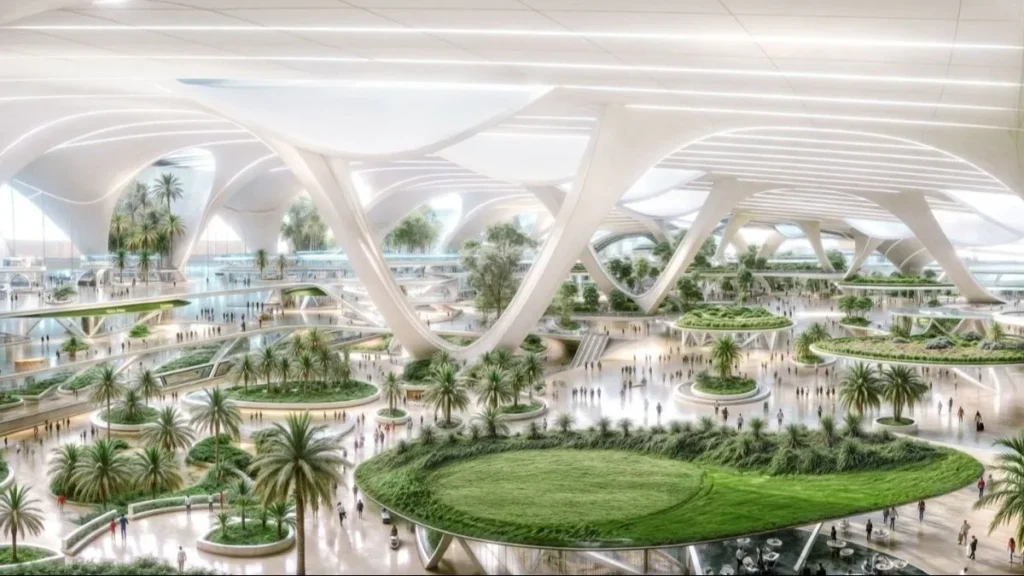During a session at the Arabian Travel Market (ATM), Paul Griffiths, the chief of Dubai airports, highlighted the future of aviation, emphasizing the increasing popularity of smaller, more fuel-efficient planes. He stated that this trend would lead to more flights and improved connectivity, which is one of the driving factors behind the expansion of the upcoming Al Maktoum airport, boasting a staggering 400 gates.

Griffiths emphasized the meticulous planning that went into designing the new Dh128-billion passenger terminal, set to become one of the largest in the world upon completion. He explained, “Aircraft technology is rapidly changing… In the future, these planes will cause a plethora of regional airports to be directly connected to major hubs like Dubai. We will be connected to over 300 cities.”

He elaborated on the necessity of accommodating lower-capacity aircraft by constructing an airport with numerous gates, a decision based on thorough mathematical calculations. Griffiths noted the expected growth trajectory, highlighting that Dubai Airport has seen a significant increase in passenger numbers over the years, from 30 million 17 years ago to 90 million currently. The new airport, designed for 260 million passengers, is poised to meet future demands.
Griffiths praised Dubai’s foresight in planning for a new airport, attributing it to the visionary approach of the government. He contrasted this with the delays in expanding Heathrow Airport in the UK, stressing the importance of proactive decision-making. “Here, before we need it, a decision has been made for a clear way forward,” he remarked.
